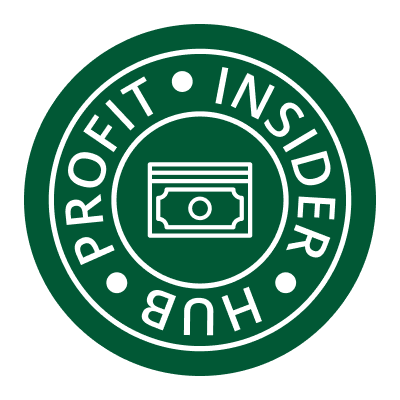(NewsNation) — President Donald Trump signed an executive order Thursday to make alternative assets like private equity, real estate and cryptocurrency more accessible to 401(k) retirement savers.
Most 401(k) plans are currently limited to traditional assets like stocks and bonds, but Trump’s order, first reported by The Wall Street Journal in July, aims to expand workers’ investment options.
Supporters believe the move could help everyday Americans grow their retirement nest eggs by tapping into investments they’ve long been shut out of, diversifying their portfolios in the process.
However, critics worry it could push savers into a minefield of high-fee, illiquid and opaque investments — opportunities that savvy institutional investors are far better equipped to navigate.
Trump floats no capital gains tax on home sales: What would that mean?
Craig Copeland, director of wealth benefits research at the Employee Benefit Research Institute, said the impact will hinge on how the change is implemented.
“Both arguments are correct,” he told NewsNation in a recent interview. “That’s why we really need to be thinking about how we do it.”
A cautious rollout, Copeland noted, could lead to positive outcomes — particularly if it helps retirement savers diversify and gain access to higher-return investments. But he added that letting 401(k) savers throw money at any private investment “would probably not be a good thing.”
Supporters see a path to higher growth, more diversification for 401(k) savers
Proponents of alternative investments in 401(k)s say they could offer higher returns and greater diversification, especially as more companies choose to stay private.
The number of publicly traded U.S. companies has dropped sharply from over 7,000 in 1996 to roughly half that by 2020. At the same time, stock market gains have been heavily concentrated in just a handful of tech firms, often called the “Maginificent Seven.”
Amid that shifting financial landscape, everyday retirement savers have been excluded from the types of investments that benefit wealthy, institutional investors, advocates of alternative assets argue.
401(k) savings rate hits record, but balances drop 3%
“Today’s higher-rate environment and volatile equity returns mean that simply riding the wave of traditional asset classes may no longer be enough to meet participant retirement goals,” Edmund Murphy, president and CEO of retirement plan provider Empower, wrote in a recent Fortune op-ed.
Murphy noted that public pension funds like CalPERS and Texas Teachers have long invested in private markets: “Why, then, should tens of millions of 401(k) savers be denied access to these same beneficial strategies?”
While already permitted, 401(k) plan sponsors have largely avoided offering private investments due to fiduciary concerns and legal risks. Trump’s order aims to provide clearer guidance, giving sponsors more confidence to move forward.
Some industry heavyweights are already pushing ahead.
Earlier this summer, BlackRock, the world’s largest asset manager, said it expects to start offering its own target-date retirement funds that include private assets next year. Empower, the second-largest retirement plan provider, said in May that it plans to open private market investing to its 19 million plan participants.
BlackRock estimates that exposure to private assets could generate about 15% more money in a participant’s 401(k) over 40 years.
Critics see major risks for retirement savers
Opponents of the push toward private assets see it as a bid to tap into the $12.2 trillion held in defined-contribution plans, right as many private funds are struggling to exit their investments.
“If retail investors jump in, there’s a risk they could end up stuck with assets nobody else wants,” Bloomberg’s Editorial Board warned in June, calling the private equity push less smart than it seems.
There are also practical concerns. Private assets are less liquid than stocks and often involve projects with years-long timelines, meaning workers may not be able to easily access their money in tough times, as they can with 401(k) hardship withdrawals.
“Owning an alternative fund is a lot simpler than selling it,” Wall Street Journal columnist Jason Zweig cautioned in a recent opinion piece titled “Wall Street’s Big, Bad Idea for Your 401(k).”
What is a 401(k) plan?
Transparency poses another challenge. Stocks rise and fall — you can verify that in any public chart. Private assets can be harder to evaluate, making it unclear how much they’re worth or who’s determining their value. The lack of clarity also makes benchmarking their performance difficult.
“Plan sponsors really don’t know how to say, ‘Oh, this is the best private equity option versus some others,’ because there aren’t those benchmarks,” Copeland said.
Then there are the fees. Alternative assets often cost more to manage than public equity funds, which could limit upside and erode any higher returns they might deliver on paper.
Ben Schiffrin, director of securities policy at the financial reform nonprofit Better Markets, said in a recent analysis that high fees are perhaps “the biggest reason” 401(k) plans should steer clear of private market assets.
“The potential for trouble is huge,” Schiffrin wrote, adding that the promise of high returns from private market assets is “likely to be illusory.”
Empower’s Murphy doesn’t see the hurdles as prohibitions but instead as “opportunities for innovation.”

